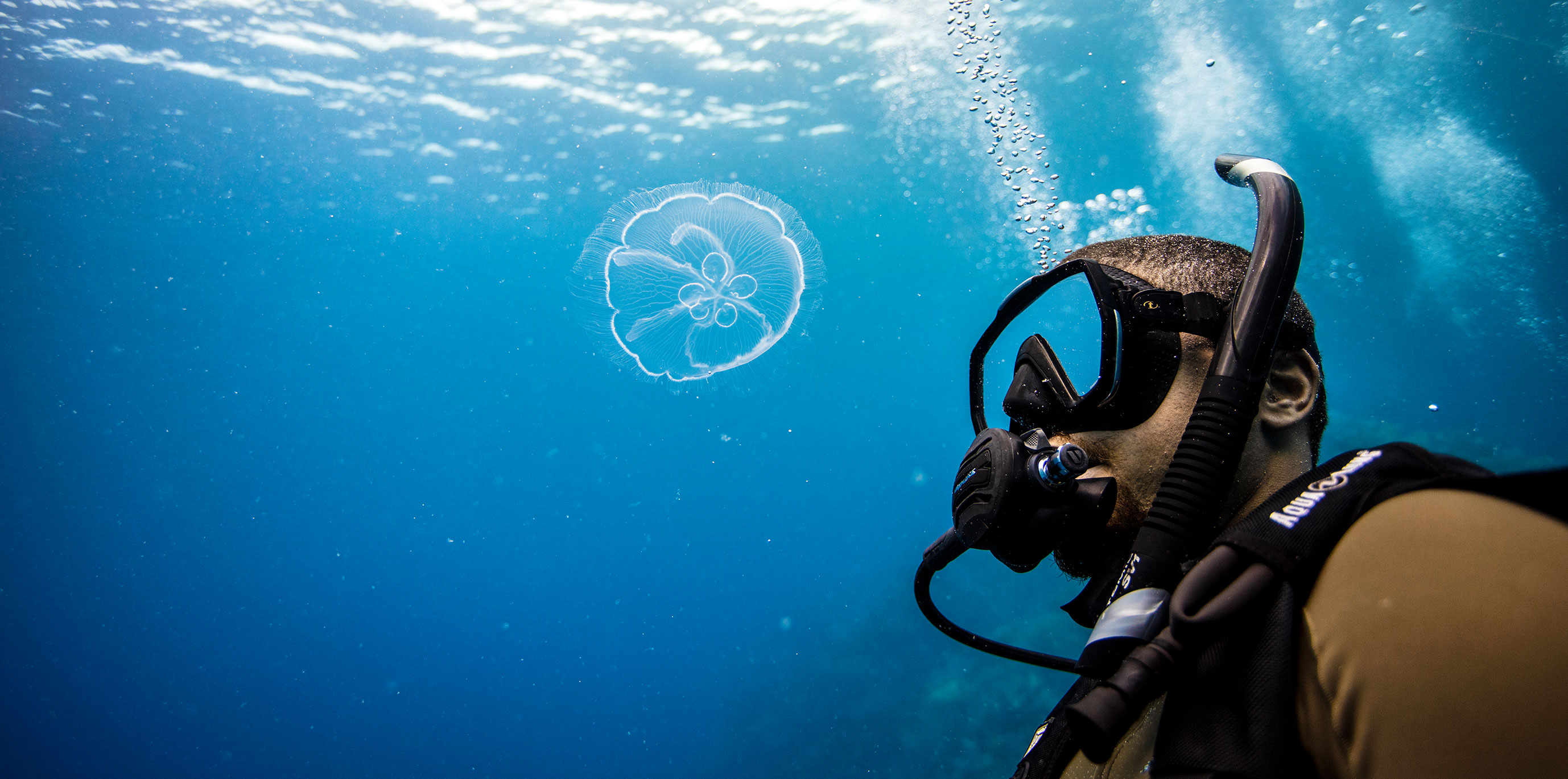Let's see.
The YMCA went out of the diving business. NAUI now does retail shop instruction, too, and it is no longer fully non-profit.
In another section of that history (which, BTW, taught me a ton about scuba history), they talk about a problem they had from the very start with scuba instructors certifying divers who had not actually completed the program successfully. The instructors wanted to be able to hand the students their official certification cards at the end of the class, and so when students enrolled in the class, they sent the class list to NAUI, and NAUI sent them the certification cards. They knew that in many cases, students got their cards without completing the class, and they knew that in more than a few cases, students got their cards without even actually attending a single session. They never figured out how to deal with it.
So the idea that every scuba student 50-60 years ago got outstanding instruction from god-like teachers is a myth. My niece is NAUI certified (about 20 years ago). She had one 2-hour session in the pool and one OW dive to a maximum depth of 10 feet. She has no plans to do any diving with that background.
I was a career educator, a teacher and an administrator. I will tell you right now that every school in America has teachers who are teaching close to nothing in their classes and getting away with it, despite a very expensive evaluation system in place to prevent that. In every profession there are people doing a great job, and there are people who are getting by doing as little as they can. Scuba is not exempt from this. The model for attracting students to the sport has nothing to do with it.
This is incredibly different than our history here in Italy...
Here scuba diving instruction in formal courses started in 1948 thanks to Luigi Ferraro, the first (ex military) scuba instructor holding public courses and releasing certifications.
Training was done with the ARO.
Ferraro tried to build a nation-wide training infrastructure, with the help of some friends, the most relevant one was Duilio Marcante, who took the task of organising courses for new instructors.
This structure was then affiliated with FIPS (fishing federation) and hence recognised by Coni (olympic committee).
During the '50 and '60 the FIPS structure expanded, they were one the founder member of CMAS, which was born by efforts of Cousteau and Ferraro (they were close friends, and later, when Ferraro left Cressi, they cofunded Technisub, which later became part of Aqualung).
In the seventies there was a FIPS diving school in every town. More than 100. Most were based on clubs, but some were run directly by the local FIPS section.
In large towns there were several FIPS clubs.
The courses were highly selective.
The exam was done from an external examiner coming from another town. It was impossible to certify a diver who was not entirely fit.
The certification success rate was around 30% of initial students.
And at the final exam there was always a number of students being rejected.
For a number of reasons the success rate was higher for female students.
All this continued quite successfully until 1980, when Padi arrived, changing the rules and attracting those 70% of potential divers which had been rejected by the very selective FIPS/CMAS training system.
This forced to abandon the ARO (pure oxygen CC rebreather) as the primary Scuba system employed for training, to introduce the BCD and to shorten the course duration.
Despite the competition with PADI and other for-profit agencies, the club based systrm continued to operate and also now we have active diving clubs in every town, organising Cmas courses.
They are not so long and so selective as in the past, the tuition is broken in several subsequent small courses, as in the Padi model. The prices are smaller.
In the end we can say that Padi won in proposing a new didactic approach, which fits many more potential divers, reducing the big step which one had to overcone with our old model.
And I was one of the instuctors who fighted for reducing that giant step and aligning the Cmas programs with the Padi ones.
Surely this means that some certification cards are now given to people who are not really fit for diving. But this allowed to triplicate the number of divers!
In practice the Padi training method has shown to work very well also in a club environment.
I think that the club model failed in US for reasons which have little to do with the training programs of different agencies.
It is the US general culture which is different, our european "socialism" has little appeal in your country...








